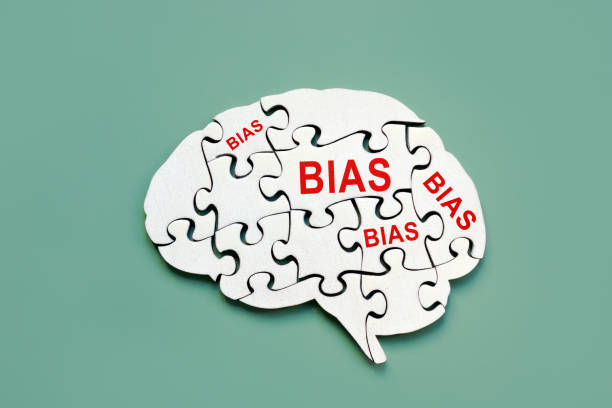The Role of Selection Bias in Shaping Research Conclusions

Introduction
When analyzing data we need to understand how bias can skew our findings and conclusions. One of the most prevalent and misunderstood of biases is the ‘Selection Bias’. This bias occurs when individuals in a study or sample are not representative of the wider population. How does this occur in a real-world situation? Let’s dive into some compelling selection bias examples.
Selection Bias Example: Understanding the Basics
Selection bias can creep in, unnoticed, leading to skewed results and misleading conclusions. To understand this wholly, we need to trace back to its origins.
What is Selection Bias?
Selection Bias is a prejudice that is unintentionally made when selecting samples from a population in a way where the representation of the broader population is not given justice in the smaller sample.
How Does it Occur?
Whether it’s due to non-random sampling, participant dropout, or flawed study design, the paths leading to selection bias are myriad.
Why Should We Care?
Simply put, it hampers the validity of the study, making generalisations and conclusions based on such studies misleading.
Real-World Selection Bias Examples
There are various occurrences where selection bias influenced the findings of the research.
Here are three intriguing examples to give you a clearer picture:
1. Clinical Trials & Treatment Efficacy
These trails involve people with better health and greater compliance as compared to the general population. Such a sample might exaggerate the efficacy of treatments.
2. Online Surveys
Consider a tech survey posted on a tech-savvy forum. The responses are more likely from tech enthusiasts, leaving out the layperson’s perspective.
3. Job Satisfaction Surveys
Employees who’ve left a company might not participate in job satisfaction surveys, which means their dissatisfaction isn’t accounted for.
The Consequences of Ignoring Selection Bias
Underestimating the potential of selection bias can lead to a host of issues:
Misleading Results: Skewed data can lead to incorrect conclusions, causing potential harm if applied to a larger, non-representative group.
Financial Ramifications: In the world of business, decisions based on biassed data can be financially catastrophic.
Lost Trust: If the general public is to learn about these skewed results and conclusions, they immediately can lose trust in the scientists and research institutions.
Combating Selection Bias: Best Practices
To ensure more accurate results, one must be proactive:
Random Sampling: Whenever possible, choose participants randomly.
Stratified Sampling: If certain groups are underrepresented, deliberately oversample them.
Awareness: Simply being aware of the potential for selection bias can lead to more thoughtful study design.
Peer Review: Let others in the field review your methodology.
The Digital Age & Selection Bias
Digital technology has paved a path for both challenges and opportunities.
Big Data’s Role: The extensive amount of data in contemporary times brings forth both pros and cons in the issue regarding bias.
Online Sampling: Digital platforms offer new sampling methods, but they’re not immune to bias.
AI & Machine Learning: These technologies can either amplify or reduce selection bias, based on their programming.

FAQs
- Why is selection bias a concern in research?
Selection bias distorts results, making conclusions based on the study misleading and potentially harmful.
- Can selection bias ever be completely eliminated?
While difficult to eliminate entirely, with meticulous planning and awareness, its impact can be significantly reduced.
- How does selection bias differ from other biases?
Selection bias is about the sample not representing the population. Other biases, like confirmation bias, involve interpreting data in ways that confirm pre-existing beliefs.
- Are there tools to detect selection bias?
Yes, statistical tools and tests can help detect potential selection bias, but awareness and rigorous study design are the first lines of defence.
- How does the digital age impact selection bias?
The digital age offers new sampling opportunities but also brings new challenges. The vast amount of online data and the rise of AI can either exacerbate or mitigate selection bias.
- Do all studies have some degree of selection bias?
While many studies may have a degree of bias, it’s the extent and awareness of that bias that matter. Some studies, due to meticulous design, can have minimal bias.
Conclusion
Selection bias is a subtle yet potent force that can drastically alter research outcomes. Researchers can enhance the results to become more precise and dependable by comprehending the workings of the phenomenon and taking an approach to shaping the research method. As we’ve seen through our selection bias examples, it’s a phenomenon that touches various areas, from clinical trials to digital data.
External Links/ Sources:
Sample Selection Bias: Definition, Examples, and How To Avoid
